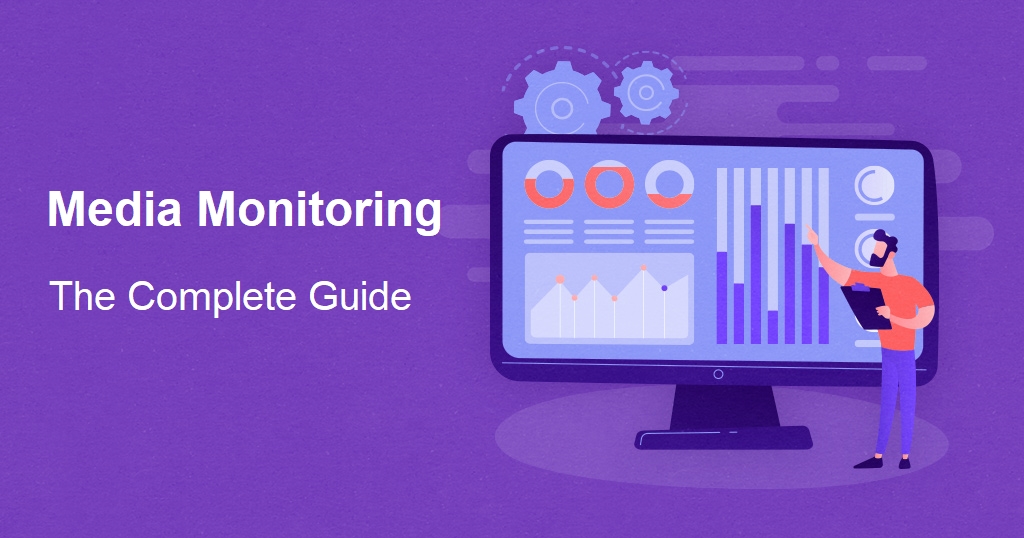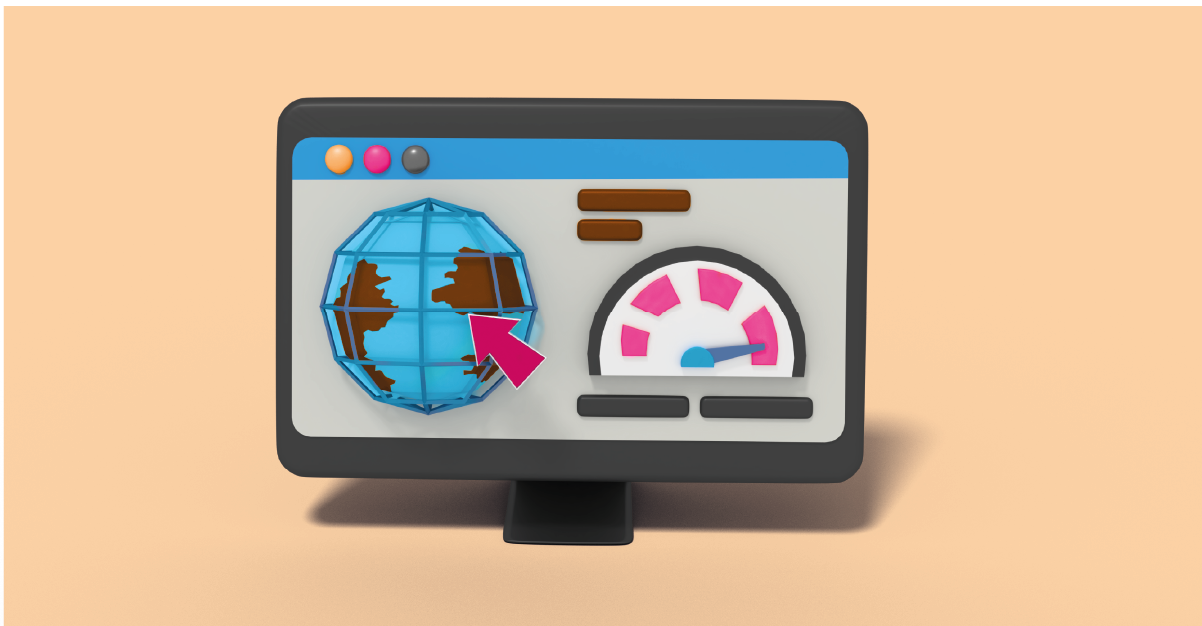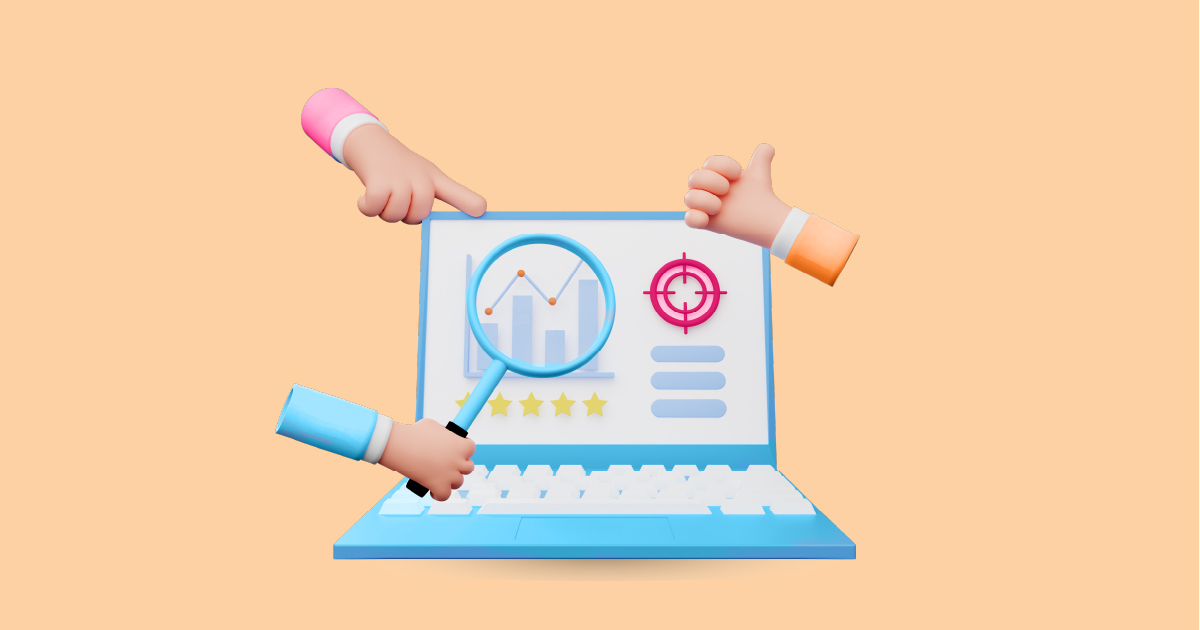In today’s hyper-connected world, staying informed about what’s being said about your brand, industry, or competitors on a global scale is crucial. This is where international media monitoring comes into play. But what exactly is media monitoring, and why is it so important?
Media monitoring refers to the process of scanning various media channels—such as news outlets, social media platforms, and blogs—to track mentions of specific keywords, brands, or topics. When we talk about international media monitoring, we expand this process to a global scale, ensuring that no critical piece of information slips through the cracks, regardless of where it originates.
The Evolution of International Media Monitoring

Traditionally, media monitoring involves manually sifting through newspapers, magazines, TV broadcasts, and radio shows. This method, though effective to some extent, was time-consuming and limited by geographical constraints.
The digital revolution changed everything. With the advent of the internet and social media, media monitoring has shifted online, making it more efficient and comprehensive. Digital tools now allow businesses to monitor global media in real time, providing immediate access to information from around the world.
Key Benefits of International Media Monitoring
Why should businesses invest in international media monitoring? Here are some compelling reasons:
1. Real-Time Information
International media monitoring tools provide real-time updates, allowing businesses to stay ahead of the curve. Whether it’s breaking news about a competitor or a viral social media post affecting your brand, real-time alerts can be a game-changer.
2. Competitive Analysis
By keeping an eye on global media, companies can gain valuable insights into their competitors’ strategies and performance. This information can be used to refine marketing strategies, identify market opportunities, and stay competitive.
3. Crisis Management
In the event of a crisis, timely information is crucial. Media monitoring helps businesses detect potential issues early, enabling them to respond swiftly and effectively to mitigate damage.
4. Audience Insights
Understanding your audience is key to successful marketing. Media monitoring provides insights into consumer preferences, behaviors, and sentiment, helping businesses tailor their messaging and strategies accordingly.
Media Monitoring Tools
The market is flooded with media monitoring tools, each offering unique features. Some of the most popular tools include:
1. Overview of Popular Media Monitoring Tools
- AIM Insights: Offers comprehensive social media monitoring and AI analytics.
- Cision: Known for its extensive media database and monitoring capabilities.
- Brandwatch: Excels in social media monitoring and audience analysis.
2. Features to Look For in Media Monitoring Tools
When choosing a media monitoring tool, consider features such as real-time alerts, comprehensive coverage, sentiment analysis, and reporting capabilities.
3. Role of AI and Machine Learning in Media Monitoring
AI and machine learning have revolutionized media monitoring. These technologies enable tools to process vast amounts of data quickly, identify patterns, and provide actionable insights. They also enhance the accuracy of sentiment analysis and predictive analytics.
Challenges
While international media monitoring offers numerous benefits, it also comes with challenges:
1. Language Barriers
Monitoring media in multiple languages requires advanced translation capabilities to ensure accuracy and relevance.
2. Cultural Differences
Understanding the cultural context behind media mentions is essential for accurate interpretation. Misunderstanding cultural nuances can lead to misinformed decisions.
3. Volume of Information
The sheer volume of information available can be overwhelming. Effective media monitoring requires tools capable of filtering and prioritizing relevant data.
4. Fake News and Misinformation
The proliferation of fake news poses a significant challenge. Media monitoring tools must include mechanisms to verify the credibility of sources and information.
Best Practices for Effective Media Monitoring
To maximize the benefits of international media monitoring, consider these best practices:
1. Setting Clear Objectives
Define what you want to achieve with media monitoring. Whether it’s tracking brand reputation, conducting market research, or monitoring competitors, clear objectives will guide your efforts.
2. Choosing the Right Tools
Select tools that align with your objectives and provide the necessary features and coverage.
3. Regularly Reviewing and Updating Keywords
Keep your keywords relevant and up-to-date to ensure accurate and comprehensive monitoring.
4. Analyzing and Interpreting Data Effectively
Don’t just collect data—analyze it. Look for patterns, trends, and insights that can inform your business strategies.
Case Studies
1. Successful International Media Monitoring Examples
Consider the case of a global tech company that used media monitoring to track sentiment around its latest product launch. By analyzing mentions across various regions, they identified key areas for improvement and successfully adjusted their marketing strategy to address regional preferences.
2. Lessons Learned from Failed Media Monitoring Campaigns
On the flip side, a well-known fashion brand failed to monitor social media sentiment effectively, leading to a delayed response to a viral controversy. This case highlights the importance of real-time monitoring and swift action.
Future Trends
The future of media monitoring looks promising, with several trends on the horizon:
1. Increased Use of AI and Automation
AI and automation will continue to play a significant role, making media monitoring more efficient and accurate.
2. Greater Focus on Social Media Monitoring
As social media continues to dominate the digital landscape, more emphasis will be placed on monitoring these platforms for real-time insights.
3. Integration with Other Business Tools
Media monitoring tools will increasingly integrate with other business applications, such as CRM and marketing automation platforms, providing a holistic view of brand performance.
Conclusion
International media monitoring is an invaluable tool for businesses looking to stay informed, competitive, and responsive in today’s fast-paced world. By leveraging the right tools and practices, companies can gain critical insights, manage crises effectively, and refine their strategies to meet the ever-changing demands of the global market.
Ready to elevate your media monitoring game? Request a demo from AIM Technologies today and discover how our cutting-edge tools can help you stay ahead of the curve.
FAQs
What is international media monitoring?
- International media monitoring involves tracking mentions of specific keywords, brands, or topics across global media channels to stay informed about relevant information from around the world.
How does media monitoring help in crisis management?
- Media monitoring provides real-time alerts on potential issues, allowing businesses to respond swiftly and effectively to mitigate damage during a crisis.
What tools are best for international media monitoring?
- Popular tools include AIM Insights, Cision, and Brandwatch, each offering unique features such as real-time alerts, sentiment analysis, and comprehensive media coverage.
How can businesses overcome language barriers in media monitoring?
- Advanced translation capabilities and an understanding of cultural nuances are essential for accurate interpretation of media mentions in multiple languages.
What future trends should we expect in media monitoring?
- Expect increased use of AI and automation, greater focus on social media monitoring, and integration with other business tools to provide a comprehensive view of brand performance.




